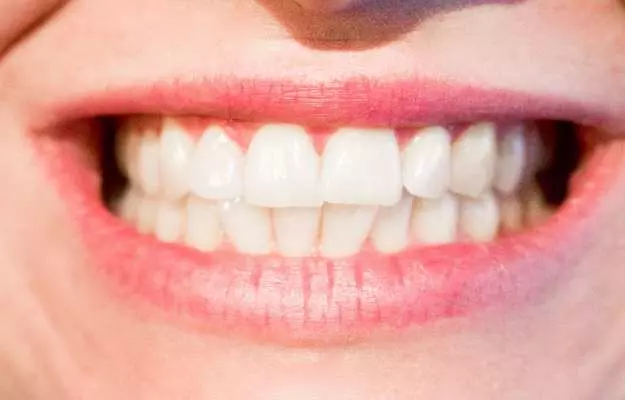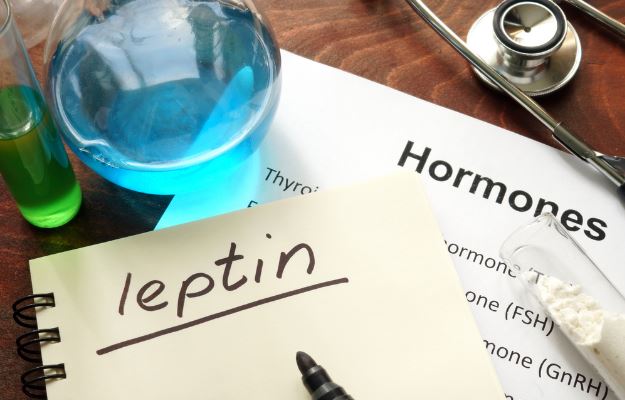An attractive smile with pearly white teeth can be a treat to eyes. But like most perfect things, it often seems like a distant dream almost impossible to achieve. In fact, people spend thousands of rupees every year on teeth whitening procedures just to dazzle in that perfect white smile. There is a whole set of oral hygiene products that are sold for fading that unsightly yellow discolouration of your teeth. You may have already heard of various remedies and thought of giving them a try too. But how do you know what works? And is there anything that actually does work?
Read on to find out!






















